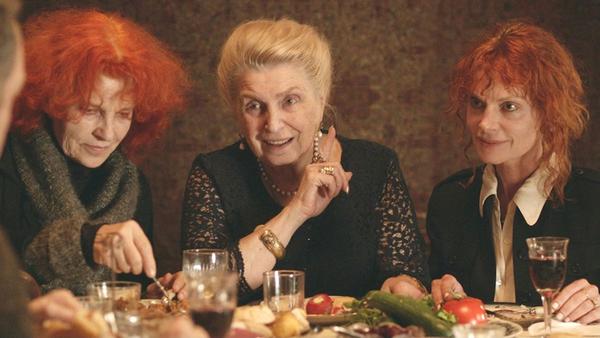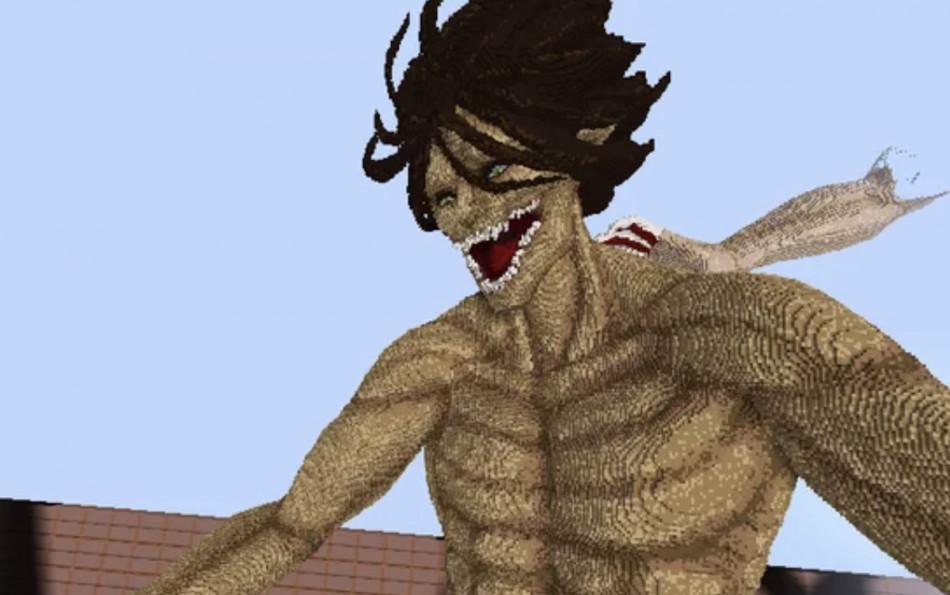A legendary Georgian filmmaker creates a new film, "Golden Thread," for the first time in 27 years.Talk about that feeling
"Golden Thread" (C) 3003 film production, 2019

Georgia's legendary filmmaker Lana Gogoberidze's new movie "Golden Thread" will be released tomorrow on Saturday, 26th. With a woman who survived the turbulent times of Georgia as the main character, this work is a work that depicts the reconciliation between her past and present, and you can enjoy "expressions that can be done because it is a movie" that can not be drawn in literature and painting. Before the release, we talked to Gogoberidze carefully. [All images] "Golden Thread" Lana Gogoberidze is one of Georgia's leading film directors and was born in 1928 to a politician's father and a film director's mother. Georgia at the time was one of the Soviet Union's constituent countries, and in her childhood her father was executed by Stalin's Great Purge, her mother was put in a camp, and she became her mother. I have. Lana, who eventually became a filmmaker like her mother, made her first feature film in 1961 and won the Grand Prix at the San Remo Film Festival for her 1978 Interviewer. She has since been a talented parliamentarian, Georgia's ambassador to the European Parliament, and Georgia's ambassador to France. The main character of the movie "Golden Thread", which she has been working on for the first time in 27 years, is the 79-year-old writer Elene, who lives in Tbilisi, the capital of Georgia. Although she cannot walk without her wand, she continues to write while living with her daughters and great-grandchildren at her birthplace. One day, her daughter's mother-in-law, Miranda, moved to her house. She is not happy to live with Miranda, a high-ranking government official during the Soviet era, although Miranda is beginning to develop symptoms of Alzheimer's and she needs help. She receives her call from her lover Alchill 60 years ago, and Elene will inevitably look back on her own past. "I'm interested in the inner world of human beings, such as emotions and thoughts," said Gogoberidze, who aimed to draw "invisible things" by capturing what is visible with a camera. "In this movie, there aren't many actual human movements. The story is set in the house where the main character lives, and Elene is barely able to move with a cane. That's why I can say that it's awkward. Was constantly conscious of how to portray human thoughts and feelings while the characters weren't moving. " New elements will appear one after another, and the audience will make new discoveries. Although it should be a room without such features, a new space appears by moving the camera a little, and while Elene slowly moves with her wand, her emotional movements and thoughts can be glimpsed. This work is full of cinematic stimuli until the very end. "I was very careful about what kind of footage I made. Jean-Luc Godard once said," Where does the movie put the camera? I think that's right. Windows and balconies appear many times in the play, which connects the world with Elene and the outside world. Freedom. When she looks out the window, young men and women are fighting and loving each other in the courtyard. How do you draw the connection between the inner world and the outer world of one person? Where do you put your camera? I was very careful there. "Elene looks out the world from the window of the room, talks to her old lover over the phone, and asks her great-grandson to paint the street outside. .. The Soviet era where I experienced various sorrows, the past I forgot, the past events that I remember after a long time on the phone, and the present. It's easy to say "the past", but in this film, various times are depicted in parallel in a story, sometimes intersecting and sometimes intersecting. "In this movie, the past of humankind and ethnic groups, that is, a big history and a personal past, is depicted. Various pasts = time is accumulated to shape the present and future of one person. The title of the movie, "Kin no Ito," comes from a Japanese technique called "Kinjitsu." It is a technique to restore. In this movie, when human beings look back on the past, old relationships and the broken past are connected with gold thread, that is, love and compassion, and the past is restored to a beautiful one. Became the theme. "
Next page: Making a movie seeks "when lost"














